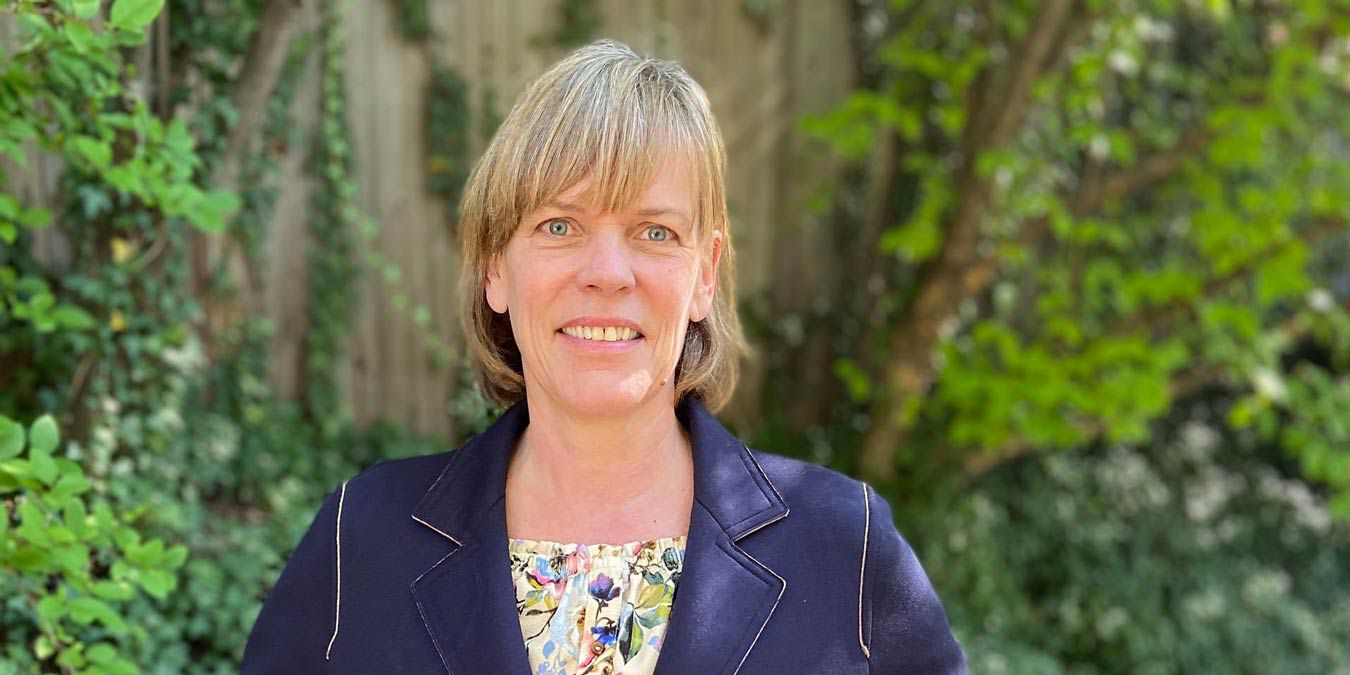Sabine Schlorke, IFC’s manager of global manufacturing, knows well the step-by-step intricacies involved in the art of manufacturing–steps that can determine success or failure. When she looks at manufacturing in the future, she believes that climate-related factors will affect each step. In this interview, edited for length and clarity, Schlorke gives her vision on why change to manufacturing is coming fast.
Q: First, could you define manufacturing?
A: Manufacturing is everything that happens in production. We look at the manufacturing product – how complex is it to put together, how many parts there are. We look at process technology–labor intensive processes, automation, robots, and smart technologies. And we look at the value chain of a manufacturing company, from the raw materials to the finished product.
Q: How will changes in manufacturing impact the climate?
A: I think impact comes from the manufacturing itself, not only from the car that gives us mobility or vaccine that gives us health. If we’re looking directly at the manufacturing process itself, we will ask different questions and find different types of solutions. There will be no single solution like carbon capture and storage, or hydrogen use to decarbonize heavy industry. It’s going to be a lot of small steps and rethinking of sustainability and culture in production.
Q: What are the big trends that you see now in the manufacturing sector?
A: The big trend is that we have more awareness among investors and the companies that we have to do something. Most manufacturing in the past was using a linear approach: make, use, and dispose. I think we now have to come to more circular solutions–really circular–which means keeping materials in circulation for a long period of time. I have high hopes in circular solutions.
One example is Rider Steel in Ghana, which is using scrap materials to produce new steel. This goes to the whole idea of using a base material that is recycled, as opposed to using raw materials. The company is seeing market demand grow for rebars used in construction, and they are making the rebars by collecting scrap steel from local sources. This kind of business model already exists around the world and are working quite well. But we now need to scale up these local and regional companies.
Q: Where do you see future investments in manufacturing?
A: My expectation is there is a broad understanding that the circular solutions of reusing products is not an option in the future. It’s a must. If companies do not change, they will lose their license to operate. A lot of the clients will not take those products anymore. You see so many large companies, or the multinational brands, have made significant sustainability promises, and there will be increasing pressures to meet those promises.
Also, from the manufacturing side, there will be changes. If I am a carmaker, I cannot just produce the product anymore. I will have to take it back. I will be made responsible for it. It won’t be a seen as a cost issue, but instead as a business issue.
Another big trend will be the growth of regional or domestic markets in production capability. That will replace imports and allow the domestic businesses to grow. This type of regional investments will also reduce greenhouse gas emissions dramatically because products will not be shipped around the world. Many products will be made locally.
The pandemic has had one impact on manufacturing that all people understand: Production is important. Also, you cannot build up manufacturing capacity overnight. You must invest, do long term planning, and it might take two three years. A lot of people realize now that this investment has to happen, and production capacity has to move to regions and countries.
Published in November 2021
